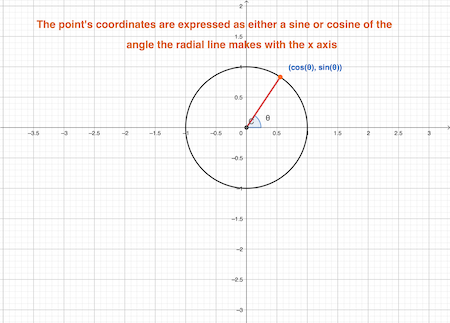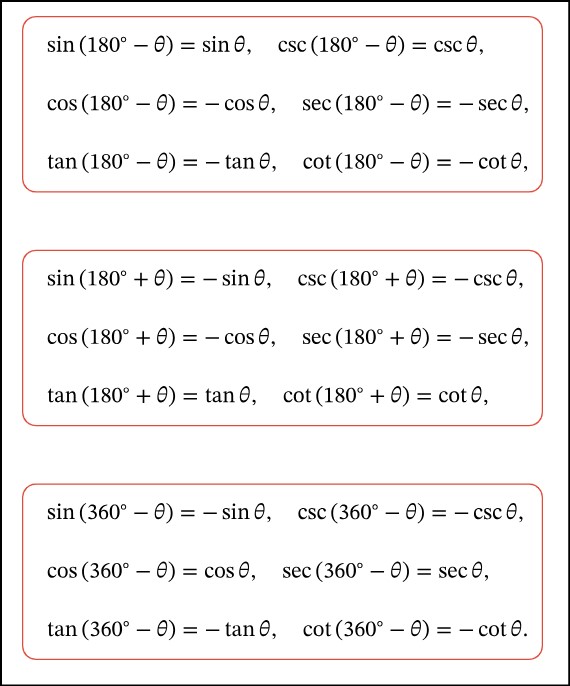Hyperbolic Trig Identity can be a game-changer in solving complex mathematical problems! Join us and explore the world of Hyperbolic functions, learn powerful identities and unlock the ability to calculate values with ease. Don’t miss out on this opportunity to enhance your Trigonometry skills!
Hyperbolic Trig Identity
Hyperbolic trigonometric identities are mathematical relationships that involve hyperbolic functions, such as hyperbolic sine (sinh), hyperbolic cosine (cosh), and hyperbolic tangent (tanh). These identities are similar to the familiar trigonometric identities but apply to hyperbolic functions instead of the standard circular trigonometric functions.
One of the fundamental hyperbolic trigonometric identities is the hyperbolic Pythagorean identity, which relates the hyperbolic sine and hyperbolic cosine functions. It states that the square of the hyperbolic cosine of an angle (or a real number) is equal to one plus the square of the hyperbolic sine of the same angle. Mathematically, it can be expressed as cosh^2(x) – sinh^2(x) = 1.

Another important identity is the hyperbolic tangent identity, which expresses the hyperbolic tangent in terms of hyperbolic sine and hyperbolic cosine. It states that the hyperbolic tangent of an angle (or a real number) is equal to the hyperbolic sine divided by the hyperbolic cosine. This identity can be written as tanh(x) = sinh(x) / cosh(x).
These hyperbolic trigonometric identities, along with others derived from them, play a crucial role in solving various mathematical problems involving hyperbolic functions. They provide useful tools for simplifying expressions, evaluating integrals, solving differential equations, and analyzing hyperbolic functions in different branches of mathematics and science.
Trigonometry and Hyperbolic Functions of Complex Numbers
Hyperbolic trigonometry is used to study the properties of hyperbolic functions and to find relationships between hyperbolic functions and their inverse functions.
One of the main identities in hyperbolic trigonometry is the Pythagorean identity, which states that for all real numbers x, the following equation holds true:
cosh² x – sinh² x = 1
This identity is similar to the Pythagorean theorem in Euclidean geometry, where the sum of the squares of the lengths of the two sides of a right triangle to a square of the hypotenuse’s length.
Another important identity in hyperbolic trigonometry is the exponential identity, which states that for all real numbers x, the following equation holds true:
e^x = cosh x + sinh x
This identity shows the relationship between the exponential function and the hyperbolic cosine and sine functions. It can be used to find the value of either the hyperbolic cosine or the hyperbolic sine function if the value of the exponential function is known.
Hyperbolic Trig Identity – Inverse Hyperbolic Function
The inverse hyperbolic functions, also known as the area hyperbolic functions, are defined as the inverse functions of the hyperbolic functions. The inverse hyperbolic cosine, denoted as arccosh x, is defined as the inverse function of the hyperbolic cosine, and the inverse hyperbolic sine, denoted as arcsinh x, is defined as the inverse function of the hyperbolic sine. The inverse hyperbolic functions are useful for finding the values of the hyperbolic functions if the values of the inverse hyperbolic functions are known.
The relationship between the hyperbolic functions and their inverse functions is given by the following identities:
cosh (arcsinh x) = x sinh (arccosh x) = x
These identities show that the inverse hyperbolic functions are the inverse functions of the hyperbolic functions, and they can be used to find the value of the hyperbolic functions if the value of the inverse hyperbolic functions is known.
What is Hyperbolic Trigonometry
Hyperbolic trigonometry also has several useful identities that relate the hyperbolic functions to each other. One such identity is the addition formula. That states that for all real numbers x and y, the following equation holds true:
cosh (x + y) = cosh x cosh y + sinh x sinh y
This identity can be used to find the value of the hyperbolic cosine of the sum of two angles. If the values of the hyperbolic cosine and sine of each angle are known.
Another useful identity in hyperbolic trigonometry is the difference formula. That states that for all real numbers x and y, the following equation holds true:
Hyperbolic trig identities are essential in solving problems in mathematics and physics that involve hyperbolic functions. It’s important to understand and memorize the basic hyperbolic functions and their identities. The double angle, half angle, and sum and difference identities can be used to simplify complex hyperbolic expressions.


